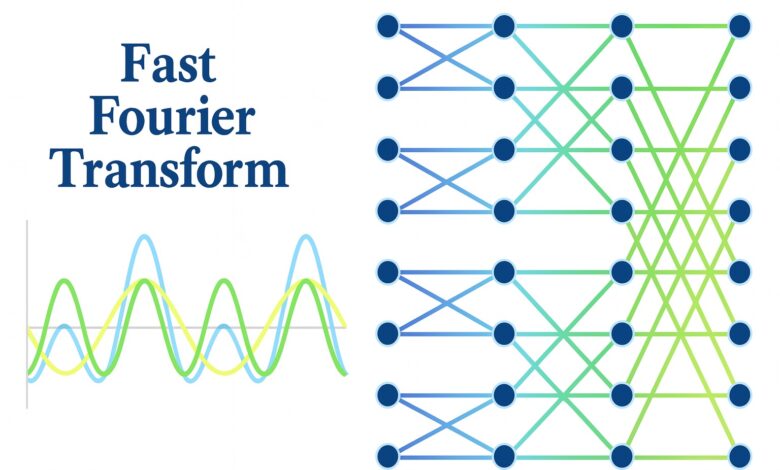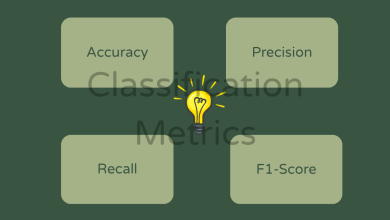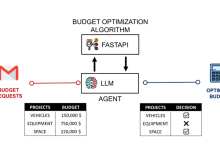
It looks like you’re working on a detailed project related to computing the Fourier Transform using various numerical methods in Python. Your overview suggests that you’ve already discussed the theoretical background and you’re moving towards practical implementations.
Here’s a suggestion to help you conclude or elaborate further on what you’ve already written:
Key Points to Address
-
Execution of Numerical Methods:
- Explain the difference between the approaches you’ve implemented: left Riemann sum vs. FFT.
- Discuss the advantages and disadvantages of each method in the context of accuracy and computational efficiency.
-
Performance Comparison:
- Include a section comparing the performance (in terms of computation time and accuracy) of the left rectangle quadrature method against the FFT using your examples. Use
timeor related libraries to benchmark execution time.
- Include a section comparing the performance (in terms of computation time and accuracy) of the left rectangle quadrature method against the FFT using your examples. Use
-
Extension and Applications:
- Mention potential applications of the techniques (e.g., in signal processing, image analysis, or finance).
- Consider outlining directions for future work, such as implementing other quadrature methods (like Simpson’s rule).
- Conclusion:
- Summarize your findings, emphasizing the utility of FFT in larger datasets and the applicability of the left rectangle quadrature method for functions that are not easily transformed analytically.
Sample Code Extension
To illustrate how to time the computations and compare results, you can use the following snippet:
python
import time
Timing Left Rectangle Quadrature
start_time_left = time.time()
tf_left = tfquad(f, nu=1, n=1024, T=2)
end_time_left = time.time()
Timing SciPy Integration
start_time_scipy = time.time()
tf_scipy = tf_integral(f, nu=1, T=2)
end_time_scipy = time.time()
Print results and execution times
print(f"Left Rectangle Quadrature Result: {tf_left}, Time: {end_time_left – start_time_left:.6f}s")
print(f"SciPy Integration Result: {tf_scipy}, Time: {end_time_scipy – start_time_scipy:.6f}s")
Visualization
In your plots, clarify the differences in results. Highlight discrepancies between the exact and numerically computed transforms. Make sure to include appropriate titles, axis labels, and legends for clarity.
Final Touches
- Proofread for technical accuracy and clarity.
- Ensure LaTeX equations are correctly formatted and displayed if applicable.
- Consider including more real-world examples to relate the theoretical background to practical applications.
This structure should help enhance the clarity and depth of your paper, allowing readers to follow your thought process and understand the implications of your findings in a broader context.





